|
Writing the first draft of a book is tough, exciting as well, but definitely tough. I’ve blogged previously about the first draft of my last novel, This Sacred Isle, and some of the challenges faced, and now I back in the same place, writing the first draft of my new SF novel, Second Sun. So what is Second Sun about? Well, in very high-level terms, Second Sun is set in a present day but alternate Earth roughly thirty years (the timescale is important, for reasons I won’t reveal here) after a successful alien invasion, an invasion that was welcomed and supported by much of humanity. Despite their conquest, which has become known as the Redemption, the aliens largely allow humans to continue their lives as they see fit, although the conquerors proudly claim to have reduced the threat of war, especially nuclear conflict, in an effort to herald in a new era of peace. The aliens work through the human proxies and encouraged a society which places the highest value on personal enrichment and self-actualisation. For many, it is a utopia, but there are whispered rumours of discontent, rumours that challenge the aliens’ claim of benevolence… The main character of the story finds himself, unwittingly at first, drawn into the schemes of the Union, a revolutionary movement sworn to overthrow the rule of the aliens. As the story develops, and he is drawn into ever greater danger, he slowly begins to discover the true nature of the alien rule, and of the depths of human cruelty. Inspired by SF greats such as Philip K Dick and John Christopher, and dystopian books such as 1984, Brave New World and We, I have long wanted to write a SF novel and although I do not consider myself in the same league as those inspirational works and their creators, I feel that I have developed enough as a writer where I can strive to create the kind of SF book I would want to read and others would enjoy. In the development of this story, I have drawn together a range of inspirations and themes, such as ancient mythology, Outsider Art, fear of the survelliance state and the effects of materialism. I have researched extensively and made copious notes – most of them ending up in the notebook below, along with other ideas and thoughts scribbled down on whatever piece of paper I had to hand! Following my research, I developed a ‘treatment’ for Second Sun, which in essence is my plan for the novel, and this took some months of work. And from this treatment I am now working on the first draft – however, although I plan extensively, I certainly allow myself considerable bandwidth to amend the story as I go along. Just because I have planned a certain character or plot point does not mean I consider it cast in stone – my planning gives me some structure, confidence that I will be able to get to the end of the story without getting too lost or succummbing to the worst ravages of writer’s block, but it is not the final product, I am still open to new insights, and I hold the belief that a writer has to always scrutinise and challenge his or her ideas and be ready to amend any detail to better serve the story.
For Second Sun, I have completed the first (of six planned) chapters and am working through the second. I do find those first few pages challenging, a bit like exercise if you have been resting for a long time, but I am definitely starting to get into the rhythm. To maintain motivation and focus, I set myself a monthly word count target of 15,000 words (approximately an average of 500 words a day), which is a testing but realistic objective. I am expecting Second Sun to be a relatively short novel, probably in the region of 60,000 words, so I hope to have a complete first draft by the end of January 2018. I try to write every day (I am very conscious of the maxim of ‘never a day without a line’) to help build and maintain momentum. At the moment, Second Sun is progressing well, the characters are taking shape and I have plenty of ideas, but I’m not fooled into thinking that there aren’t tricky times ahead! From my experiences of writing This Sacred Isle and the Tree of Life trilogy, I am acutely aware that although starting and finishing a first draft can be difficult, perhaps the hardest part is the midway of the book, where tiredness starts to kick in and a little of the optimistic excitement you feel at the first page is ebbing away. There is no easy answer to this – I just know I have to keep going and not panic if the pace slows and the ideas stop flowing. Word by word, line by line, paragraph by paragraph, the book will take shape and the end will come into view. And of course, when the first draft is completed, the next task is months of editing – well, no-one said writing a book is easy! What do you find most difficult, and rewarding, about writing a first draft? Add your comments below and join the conversation.
5 Comments
You’ve put your heart and soul into your trilogy; you’ve forged worlds, invented characters and shaped a compelling narrative. Over three novels you’ve built intrigue and suspense – you’ve hooked the reader but how do you make sure your story finishes strongly?
In this final post of my three-part blog series covering lessons I learned from writing The Tree of Life, I am going to discuss how to bring your trilogy to a satisfying conclusion. I will risk a few borderline spoilers about my books, but certainly won’t give away the actual ending! The lessons I learned helped not only my trilogy but also my most recent novel, This Sacred Isle, and I hope these posts offer some helpful and applicable advice to anyone undertaking the task of writing a three-book series. Of course, a successful ending is important in any book, but the significance is magnified within a trilogy. In my experience planning is crucial, both to sustain the narrative drive and avoid inconsistency – (check out my first post in this series, which covers planning in detail). By the third book, you will have a mass of characters, events, settings and backstory; to control this you must plan ahead to make sure you don’t leave plot threads dangling.
But beyond planning, I believe there are three significant danger areas when ending a trilogy, three traps you should strive to avoid:
Don’t slow your third book down with too much back story You will have already covered a lot of material in books one and two, so much so that it’s tempting to rerun over some of that back story just to make sure your reader can be fully orientated within the story. But you must tread carefully. The third book needs to have strong momentum, moving towards a denouement. Of course you will still need exposition, but do not bog down your third instalment covering ground already established in the first two books. Your reader cannot be expected to remember all relevant details from books one and two, but neither will they have forgotten everything and they will not appreciate reading about elements they have already covered. When writing The Last Days, I worried constantly about how much I should refer to past events within the story as prompts and ‘reminders’ for readers – however, I soon discovered these bogged down the book’s pace, right at the time when I wanted the story’s excitement to be building to the highest pitch. As I continued to edit the book, I resolved to include as little back story as possible, especially in the final stretches of the novel - this allowed the story to breathe and (I hope) helped to make the book a more absorbing and thrilling read. So, my advice is to keep back story to a minimum and keep progressing towards the end. Know when to stop – do not keep going on, and on, and on… I worked on The Tree of Life trilogy over the course of twelve years, and the characters of Elowen, Bo, Black Francis and many others became so familiar to me, it was a little difficult to finish the story and say farewell to them! But this is dangerous territory. . . When you have created so many characters and such a detailed narrative, it is tempting in the latter, climatic stages of the third book to keep extending the story, to keep exploring new facets and add fascinating new details. This is a temptation that must be resisted! You must not allow your trilogy to overstay its welcome; don’t allow your story just to fizzle out. Finish on a high note by all means, but make sure you do finish – leave your reader wanting more, not hoping for the end to come. Do not pluck a convenient ending out of thin air As I worked on The Last Days, I found that fiction fatigue set in – although I had already worked out the climax of the story, actually achieving this (i.e. making sure the characters acted and reacted in ways true to their inner and outer journeys, and that the resolution worked in emotional and narrative terms) felt like a heavy burden. At this point, it is easy to look for convenient ways to simplify your ending but this is potentially a huge mistake. You’ve established the context of your story, the rules, the personalities, all the ingredients and momentum for a successful ending. Take your ending from your characters and the conflicts described to that point; it must reflect the way the key characters have developed and the lessons they have learned about themselves – their choices must shape the conclusion. The climax of your trilogy could be happy or sad (or somewhere in between) but it must solve the central problem or question of your story, and it must be solved by your central character or characters. Ideally, the way the story is resolved must have some resonance, with the choices made by the characters reflecting the themes of the trilogy – there is no need to be heavy handed or preachy, but the reader should be left with a sense of a universal truth having been expressed. For The Last Days, I knew it was important for Elowen and Bo to understand what was at stake, and to understand that for good to prevail, sacrifice was needed. They are both tested, both offered power – it is how they react to this and the decisions they make, that is important and that drives the story to its conclusion. Remember: the protagonist of the story must be protagonist of the ending, i.e. what he or she does determines the ending. An ending can be unexpected – a shock even – but it must arise legitimately from the story itself. Throwing in something random at the end will shatter the rules of the world you have created and infuriate your reader. And one last point: when you have finished your trilogy, take a moment to savour the feeling. It is an achievement, so allow yourself to recognise and enjoy this! I wish you the very best with your epic fantasy trilogy and I hope readers enjoy reading about the worlds you create. Takeaway tip: the conclusion of your trilogy must be a reasonable and logical development from the story and characters you have written. Do not shortchange your readers with a random, incoherent ending. Check out of the other posts in this blog series: Part 1 looks at planning Part 2 looks at world building and research The Tree of Life trilogy is now available as an ebook boxset for just £1.99 / $2.40 (each of the volumes is also available individually in both paperback and ebook format): UK Amazon US Amazon See preview below:
Are you working on a trilogy or series? How did you write the ending - and what have been the major challenges you've faced? Add a comment and join the conversation.
I have always loved reading and writing stories, and ever since devouring The Lord of the Rings as a teenager, I wanted to write an epic fantasy trilogy, a wish enhanced by reading other wonderful series such as His Dark Materials by Philip Pullman and Memory, Sorrow and Thorn by Tad Williams.
Over a period of some twelve years between 2000 and 2012 (and much hard work), I achieved my ambition and completed The Tree of Life trilogy, which I have recently republished.
The Tree of Life is a big, epic fantasy series - here is the blurb:
The Known World is dominated by the Mother Church and its sinister leader, Prester John. The Mother Church demands total loyalty - disobedience is punished by death. But in the darkest of times, comes hope… Fourteen-year-old Elowen Aubyn lives a miserable life in an orphanage. Bullied and lonely, she dreams of escape and adventure, little realising her dreams are about to come terrifyingly real. When the mysterious Tom Hickathrift gives Elowen an ancient map, she is plunged into a desperate and deadly quest - to discover the Four Mysteries, ancient artefacts of great power. Elowen must overcome many perils and defeat the greatest of evils, for if she fails, the only chance of freedom will be lost, forever... These books will always be close to my heart and allowed me to write about themes such as racial and religious intolerance, and the destruction of the natural world, all within a vast, exciting fantasy adventure. I also wanted to move away from some of the tropes of fantasy and introduce some unique settings rather than just a standard Medieval style world - the Known World is a land of monsters and muskets! And once published, it was wonderful to hear from readers who found the books entertaining too – the icing on the cake! It was a long writing journey starting from, bar a few short stories under my belt, being a novice author to one with the experience of having written three books – along the way I learned a lot about the craft of writing, and the demands of creating a trilogy. So, in a series of three posts, I will pass on the most important lessons I learned from The Tree of Life trilogy. This first post in this series will focus on planning. Planning When I began writing the trilogy I was very sceptical about the benefits of detailed planning. I worried it would be too restrictive, that it would hinder my creativity – I preferred to let the story and the characters emerge as I wrote. This approach seemed to work for the first volume of the trilogy, The Map of the Known World, which had a clear narrative structure. I was at the start of the journey and not burdened with immediate concerns of how to complete the full tale - the possibilities seemed limitless and exciting. I knew where I wanted the overall story to go (i.e. I knew the major plot developments and how it all finished) but I had not planned out a detailed roadmap and at this stage did not think it necessary. However, I hit problems as soon as I commenced the second part of the trilogy, The Ordeal of Fire. I did not have a shortage of ideas, but Elowen’s continuing journey introduced further characters and settings, and I started to feel lost and confused. It was a difficult time and I began to wonder how I could ever solve all the narrative problems I had written myself into! With mounting concern, I realised I could no longer write blithely, secure in the knowledge that the story was in its early stages – The Ordeal of Fire is the second act of the trilogy and I needed focus, I needed structure, I needed to plan. So I began by reading back through The Map of the Known World, picking up important elements I needed to carry through the rest of the trilogy. I worked out in more detail where I wanted the story to go, and the fates of the various characters. For The Ordeal of Fire, my planning took the form of an outline and character notes. However, when I came to write the final instalment, The Last Days, I went to much greater lengths. After initial brainstorming, I worked out a plot plan for the book, which I then fleshed out into a ‘treatment’, a document of some 10,000+ words covering the main beats of each chapter of the book, along with snatches of dialogue and notes about theme, imagery and character development. When I came to write the first draft of The Last Days, this ‘treatment’ was invaluable, a reassuring companion, giving me confidence that I knew exactly where I was going and (more or less) how I was going to get there! So I discovered planning did not restrict my creativity; on the contrary, it freed me from the confusing tangle of plots, subplots, characters and half-shaped ideas whirling around my head. Planning across multiple books also helps to achieve a greater consistency in voice and tone, which is important as you want readers to feel they are reading one coherent story. And talking of consistency, writing about characters across three books increases the chances of continuity errors - make sure you log key details about your characters (physical description etc.) and carefully check these when you edit each draft. It is easy to slip up and change, for example, a character's hair colour without noticing. If these errors slip through to a published version, readers will notice and it undermines your credibility. Of course, your editor can help spot these kind of errors, but don't leave it all to them - check and double-check. In conclusion, did I learn my lesson about planning? Absolutely. I would never embark on any novel, let alone a trilogy, without detailed planning. Taking planning seriously has, I believe, improved my writing skills and understanding of the craft, and I applied the same concepts and techniques when working on my latest novel, This Sacred Isle. Planning is hard work and it can be frustrating when you just want to get on with writing your story, but take a deep breath and step back - your book will be better for it. Takeaway tip: writing a trilogy is a huge project, so do not underestimate the difficulty of managing a high number of characters and subplots. Spending time on planning might feel like a waste of time but in the long term it will save you time and give you greater consistency and clarity of vision. Check out the second part of this blog series, which examines world building and research. The Tree of Life trilogy is now available as an ebook boxset for just £1.99 / $2.40 (each of the volumes is also available individually in both paperback and ebook format): UK Amazon US Amazon See preview below:
Are you working on a trilogy or series? How do you plan - and what have been the major challenges you've faced? Add a comment and join the conversation.
"If you don't have time to read, you don't have the time (or the tools) to write. Simple as that." Stephen King Reading is crucial for authors and, as Stephen King argues, if you really want to write novels, you have to find the time to read regularly, however tricky that can be in our busy lives! I grab every spare reading moment I can (travelling to work on a train is a good time) and I try to read as widely as possible. For every book you read will in a positive way influence your own work: reading will show you what's possible in creative writing, and give you a sense of what you like and what you don't like. And as well as reading novels, short stories and poems, there is no shortage of books giving advice to aspiring authors and their quality is highly variable. Some will offer a sure-fire route to becoming a bestselling author – my advice is to give these books a wide swerve (with one honourable exception I will discuss below). In this post I discuss seven books I found genuinely useful and inspiring – all have helped me on my writing journey. Some will be familiar, some perhaps less so, but they are all worth a look. I won’t claim this list is exhaustive, and not every title will be to everyone’s taste – but at different levels these books all worked for me. I appreciate reading reference books takes valuable time, time you'd much rather spend writing your novel, but I believe these examples are worth the effort. For ease of reference, I have added links to each book’s Amazon.co.uk pages (other booksellers are available!). How to write a million – Ansell Dibell, Orson Scott Card and Lewis Turco This was the very first book I bought on the subject of writing (purchased in Preston, Lancashire where I was a student, many years ago!). Yes, the title of the book is awful and in most circumstances should be enough for you to throw it into the nearest bin, but that would be a mistake. How to write a million is effectively a compilation of three books: ‘Plot’ - Ansell Dibell ‘Character and Viewpoint’ - Orson Scott Card ‘Dialogue’ – Lewis Turco I first read this book as, in novel-writing terms, an absolute novice. I knew I wanted, needed, to write, but even then I could recognise my first clumsy efforts were awful so decided to seek out some professional advice! What this book gave me were clear examples of how stories and characters are structured and developed, and the examples were ones I was often familiar with, from books such as Watership Down and A Christmas Carol, and films like The Empire Strikes Back. The book was accessible, it explained concepts in a form that I, as a novice, could understand, and in doing so opened up a new seam of understanding for me. I would strongly recommend this book to anyone at the very start of their writing journey – it has been a good companion to me for over twenty years. The way to write – John Fairfax and John Moat A slim tome, first published in 1981, but this little book is an invaluable guide to honing your writing style. This book enhanced my understanding of the mechanics of creative writing: rhythm, conciseness, colour, imagery. With a host of examples drawn from poetry, and instructive, inspiring quotes from famous authors, I still find this book useful and dip into it from time to time. The Writing Book – Kate Grenville I had just started writing in earnest (mainly short stories) when I stumbled across this book by Australian author Kate Grenville, and it proved a wise purchase. This is very much a workbook, with detailed exercises forming a step-by-step guide to the process of writing fiction. Kate Grenville’s book leads you from the early stages of creating ideas / building characters right through to revision and publishing. This is a serious guide to creative writing, and one that benefits authors who either want to rework a story that have written or who are starting from a blank page. Hero with a thousand faces – Joseph Campbell This book certainly is well-known and is as influential in cinema as it is within literature – George Lucas, for example, always acknowledged his interest in and debt to Campbell’s work. Within Hero with a thousand faces, Campbell works mythology from across the work to reveal characteristics and features common to heroes from different cultures and periods, culminating in the hero’s journey concept, the stages that form an archetype of all human myth. Campbell draws on a wide spectrum of figures from folklore and religion (for example, Wotan, Jesus and Apollo) to demonstrate his theories. It is heavy, dense content, but I find this book fascinating as a writer and as a lover of mythology. Many reject Campbell’s theories; without doubt there are sound arguments against the concept of the hero’s journey – too vague, too male-focused, weakens the depth / texture of the original stories – but I believe he has some compelling ideas and would urge anyone interested in the structure of stories to read his work and then make up their minds as to the worth and applicability of his theories. The writer’s journey: mythic structure for writers – Christopher Vogler Vogler’s book is based heavily upon the aforementioned Hero with a thousand faces, and is written mainly for screenwriters. However, there is much here to savour and learn for the novelist too. How much use you find this book will depend on what you think of Campbell’s theories (see above!) but I find The writer’s journey an invaluable tool when first shaping the structure of a story (see here for an earlier blog post on how I planned This Sacred Isle). The book is thoughtfully presented and illustrated, and an enjoyable read. On Writing: A memoir of the craft – Stephen King There’s probably not much else to say about this book, other than if you haven’t read it, then really you should! On Writing covers King’s writing experiences, and in doing so he passes on valuable advice to writers, especially about shaping plot and using dialogue. This is not a ‘writing guide’ per se, but it is full of interesting nuggets and hardboiled, hard-won guidance. Wonderbook – Jeff VanderMeer And now for something completely different! Wonderbook is an illustrated creative writing book, aimed mainly (though not exclusively) at writers of the fantastical (SF, Horror and Fantasy authors will find reams of good material to explore here). I first read this book as I was beginning to edit This Sacred Isle, and it helped me to see some different perspectives on my work, especially in terms of narrative design and testing my characters. The heavily visual approach is innovative and, combined with thorough instruction on key areas such as plotting, structure, characterisation and world-building, forms an original (and entertaining) guide. And as a considerable bonus, Wonderbook also contains articles / interviews with writers such as George R. R. Martin, Neil Gaiman and Ursula Le Guin. Wonderbook is most helpful for writers at the early / intermediate stages, but I believe any writer would find inspiring and compelling material within this book. And for writers of the fantastical, I would say it is a must-read! I believe all these books can help authors develop their creative writing skills. Of course, such guides can only complement what you learn through reading other novels, professional feedback / critique and writing practice, but they can have a valuable place in your development and the best ones are an enjoyable read in their own right. What creative writing books have you read? Got any suggests for other books to help authors? Leave a comment and join the conversation. Continuing my blog series detailing the writing of This Sacred Isle, I'll look during this post at planning for the novel. The picture above shows my ‘story planner’, which follows a template based upon the Monomyth, the Hero’s Journey, story structure. It is fair to say that the Hero’s Journey structure is not without its critics and often there is validity to their arguments (too general, too male-focused); but I look upon this as a building block, a first step in the construction of my narrative. My ‘story planner’ allows me to have a quick, high-level first pass at compiling the structure and rhythm of the story.
How does it work? Well, it is a very cheap, lo-fi tool! I print out the sections onto an A3 sheet and then simple add post-it notes (different colours for narrative points, characters, mood etc.) to the relevant sections to map out the plot. In time, you should end up with something like this (though maybe tidier). If you use this method, my advice is not to rush through it. Spend a few weeks building the structure and take time looking it, moving elements around. I think you’ll be surprised how quickly a narrative outline starts to form. I find it invaluable in the process of moving from a mass of ideas to an actual story. Now armed with a post-it festooned / smothered story planner for This Sacred Isle, I was now ready to move to the next stage, to more detailed planning for the novel. For this next stage, I used what I call my ‘treatment’ – a term borrowed, rather grandly, from Hollywood, where it describes a prose outline that is between the initial scene cards and the screenplay. Indeed, you could look at the story planner as the ‘scene cards’ and the first draft of your novel as the ‘screenplay’ to understand how the treatment fits into the process. My treatment for ‘This Sacred Isle’ ran to approximately 11,000 words. To summarise, this is what I included:
What are the advantages of compiling a treatment rather than simply steaming into the first draft? Well, I feel a treatment allows me to build a comprehensive plan of the novel, chocked full of detail – it is invaluable when writing the first draft (and beyond) as I have a document to refer back to. This is both a reassurance during the arduous process of writing a first draft, and a way of ensuring that early ideas are not missed. There is the danger that ideas noted in the treatment become ‘cast in stone’, and that early plans and thoughts are not challenged later. But this should not be an issue if you use the treatment as it should be: as a support tool and a method of beginning to drill down into the detail of your emerging novel. How do you plan your stories? Please share any thoughts or suggestions below. |
Archives
October 2023
Categories
All
|
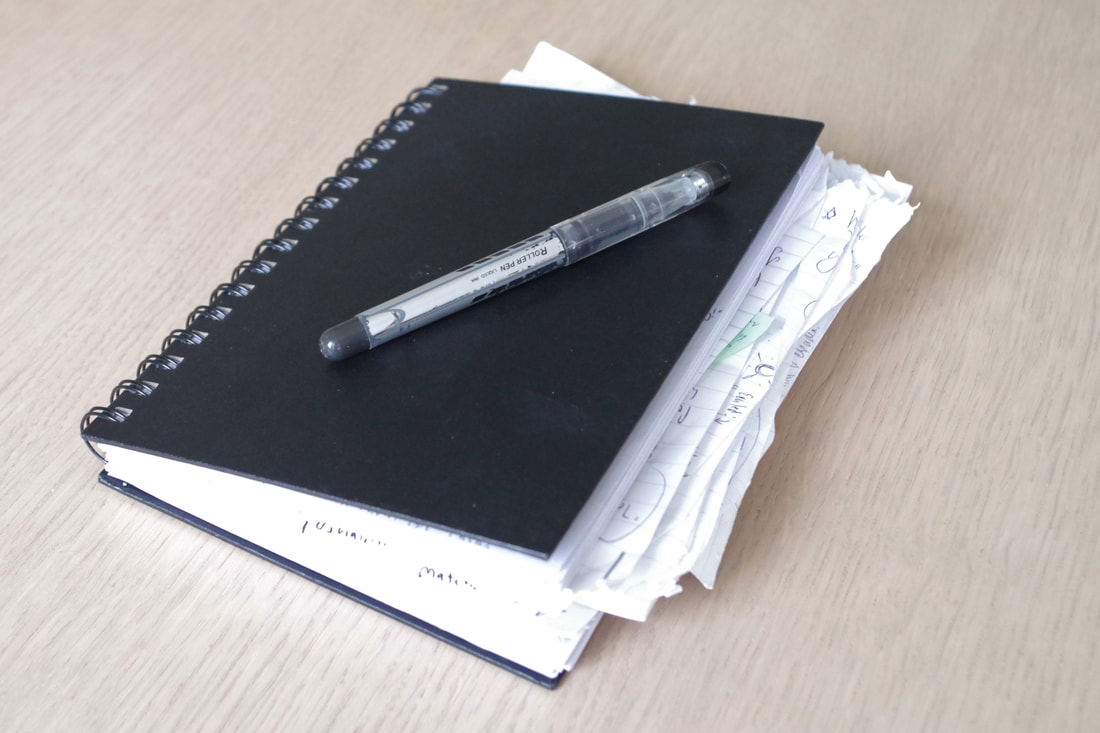
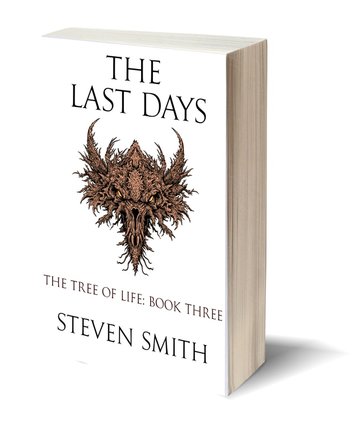

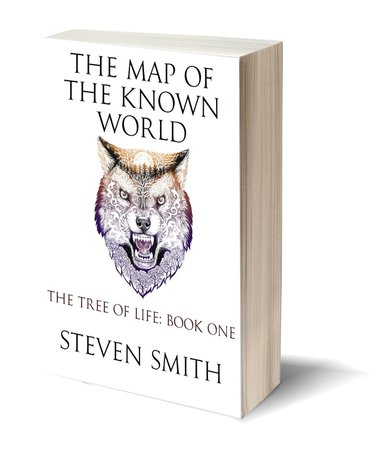

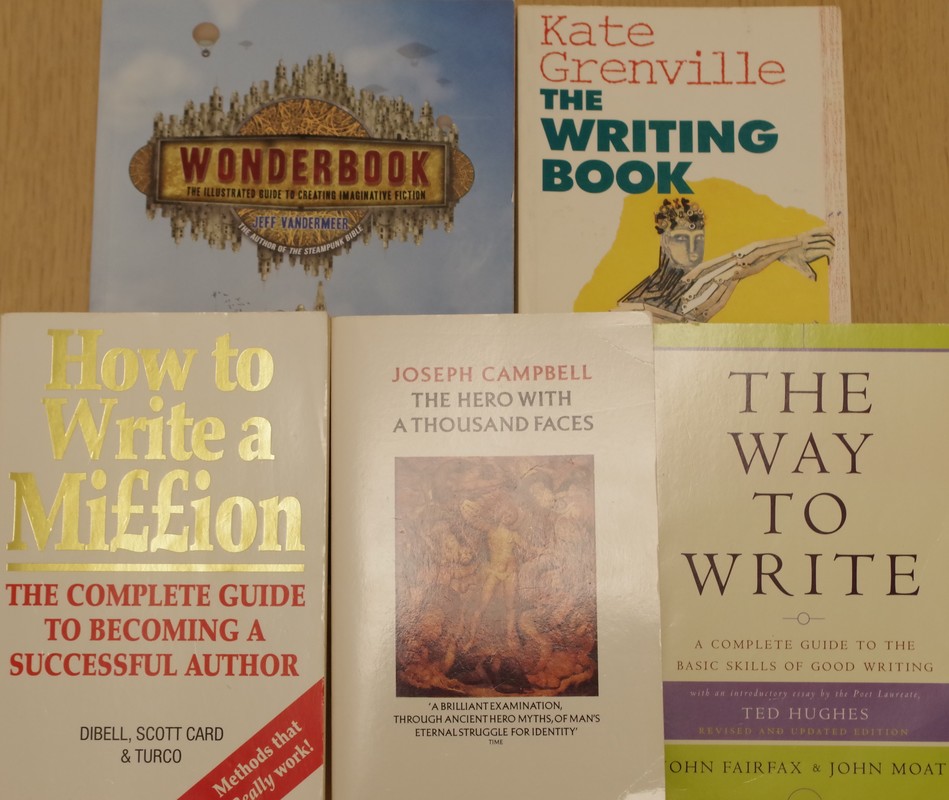
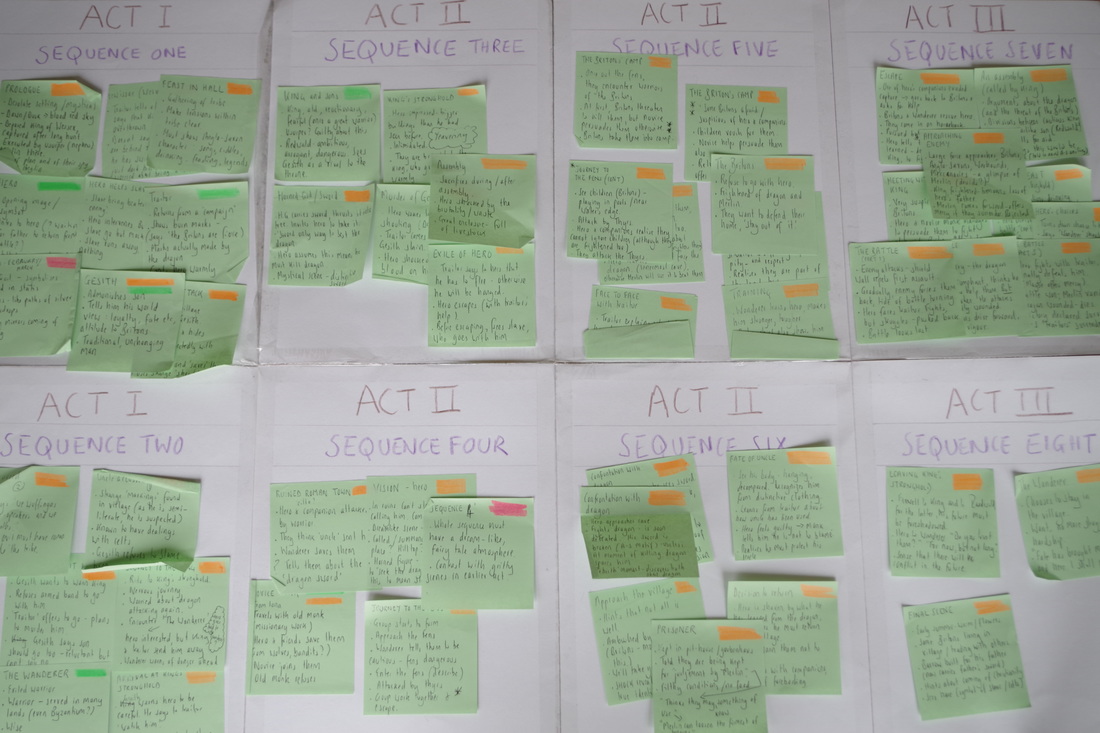
 RSS Feed
RSS Feed